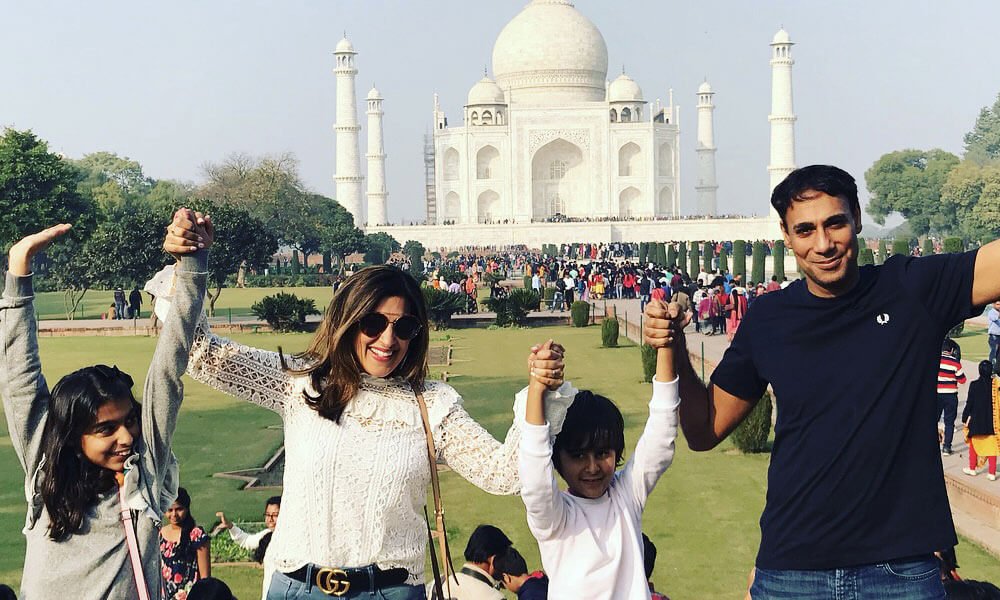
Raising Third Culture Kids Around the World
As Diwali approaches, I’ve been thinking more and more about identity, and how I pass that on to my children.
Growing up as the child of immigrant parents in Canada, I was always very conscious of my identity. My parents immigrated to Canada from India in the early 1970’s, and as I grew up, I was aware, like most other immigrants, that they were trying to hold on to their Indian roots. We celebrated every holiday, and traditional Indian food and clothing were always very present. However, in my teen years, I don’t feel like I really ‘got’ it. Then I grew up, moved away from Canada, got married, and had children of my own.
Recently, my teenage daughter mentioned to me that she really doesn’t feel Indian unless she’s with my family in Canada. She has spent most of her life in London, UK, with recent years in Singapore. To be fully honest, this has worried and left me feeling guilty. Did I not spend enough time teaching her the cultural importance of being Indian? I want my children to be proud of their heritage and I wonder, if others like me are finding that to be a challenge?
Whether you are raising multicultural kids, mixed-race kids, or third culture kids, there are tons of different ways to share your cultural background with your children. Today, let’s talk about meaningful ways that we can help our tweens and teens build their identity, regardless of what it is or where they’re being raised.
What is a Third Culture Kid?
The phrase I used earlier, third culture kid, is not something that everyone has heard of, so let’s quickly define it first. This is a term coined by sociologist Ruth Hill Useem, who defines it as “children who spend their formative years in places that are not their parents’ homeland.” These are often children of expatriate workers who may be separated from their extended family, and as a result, these third culture kids root their identity in people, rather than places.
This is a difficult position to be in as a parent. No one wants to be the sole source of information for their child’s cultural identity, but when your child is in a ‘third culture’, they may not feel like they have any other choice.
Passing Down Your Culture
Whether you’re raising a third culture kid or a child with an ethnic or cultural identity that’s different than many of her peers, passing down your culture to your child can feel like a huge undertaking for many parents.
Fortunately, there are lots of resources available to help. Here are some common ways that we as parents can help our children embrace their heritage and identity.
1. Enroll them in classes
Many of us remember being sent to evening or weekend classes to learn how to speak another language or understand our history. These classes are great resources that can help them gain a deeper understanding of their heritage or culture, and allows them meet new friends in similar situations.
2. Read books together
Reading books together is a great way to share your culture. Just pick an age-appropriate book and carve out some time to share it with your children.
3. Celebrate holidays together
Celebrating holidays together is a great way to share your culture, but make sure you really delve deep to help them understand the intention and significance behind the rituals.
4. Help them learn how to cook traditional dishes
Feeding your children traditional foods might feel great, but the best way to really bring them into your culture is to teach them how to cook the dishes for themselves. This is an excellent opportunity to show them the techniques and ingredients that will help deepen their knowledge of your culture.
The most important aspect of sharing your culture with your children is doing it on a regular basis and making sure it feels like a normal part of your lives together. By doing this often and without great fanfare, you can help your child have a healthier sense of their cultural heritage and identity.
Want to hear more about how to raise our girls to be strong, independent thinkers and learners? Check out my blog for articles on these subjects and more.

